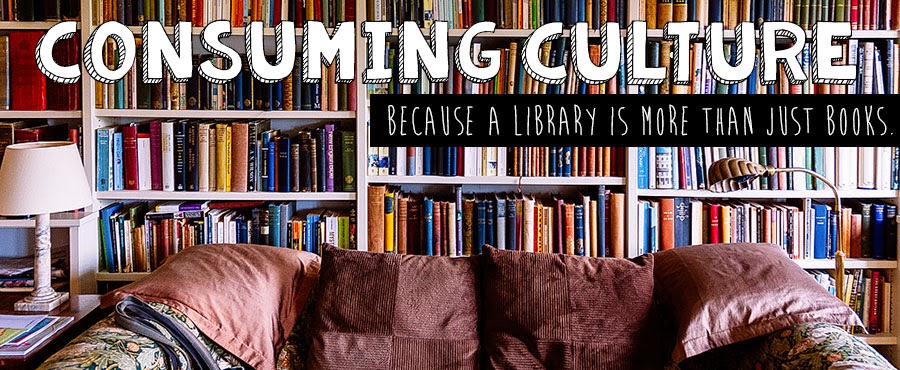I know, I know. It has been a while. Both in terms of blog posting
and reading Betsy-Tacy. That's just what happens when you get a promotion and move apartments at the
same time.
So yes, it only took me three months, but I finally moved on with the Betsy-Tacy series, many thanks to the fine people at Harper Perennial who sent me
Heaven to Betsy (packaged with
Betsy in Spite of Herself) and zero thanks to the NYPL for not having it in their collection.
Last we left off, Betsy, Tacy, and Tib had just made it downtown as twelve-year-olds. Downtown! What a big world it is! Now, though, Tib has moved back to Milwaukee, and Betsy and Tacy have started high school at Deep Valley High. Betsy has also turned into quite the googly-eyed boy crazy teenage girl. She's quite unlike her old self, though I guess that's the relatable part about her—what teenage girl doesn't become unrecognizable when she hits high school? Tacy, on the other hand, is completely unfazed by boys and serves as a nice balance to Betsy.
Moving on to sophomore year in
Betsy in Spite of Herself, our lovable Betsy finally becomes self-aware. She has decided that she's on a mission to change herself, and a trip to Milwaukee to spend Christmas with Tib seems like the perfect opportunity to do so. Except two weeks pass, and Betsy isn't really any different. Disappointment with herself finally leads her to believe, maybe it's better to be true to yourself. Or something cheesy like that.
- Starting with Heaven to Betsy, Vera Neville took over Lois Lenski's illustration job to give the Betsy-Tacy books a bit more of a grown-up feel, and that's pretty much how you could sum up the progression of the series. As the characters age, so do the writing and illustration styles. It's almost like the illustrations are more candid shots than posed photographs, if that makes sense.
- Like always, Maud Hart Lovelace based her characters and events on things that happened in her real life. One great thing about these Harper Perennial editions is that the backs of the books include tidbits of info on the author and her life, including photos!
It is so fun to see how teens amused themselves 100 years ago. But you know what's also fun? It doesn't seem like it was 100 years ago. Riding in buggies, playing the piano and singing at parties, and riding the train don't seem that odd, and I think for that, I have the world of literature to thank. I grew up reading Anne of Green Gables, Little House on the Prairie, and dozens of other books that took place long before my time, so this "old-timey" way of life seems perfectly familiar. It's kind of the same reason I was never at a loss as a kid when the power went out, or why I currently have zero need for a phone that can basically tell me how to live without ever looking up from the screen—I can deal with a technology-less life (well, somewhat) because I know that millions of people have lived without these modern technological amenities and survived just fine.

It's a little eerie as I read these two books, because I can fully remember how similar my mindset in high school was to that of Betsy's. She forced herself to wear perfume and walk with a "Barrymore droop." I tried to drink coffee and read biographies on movie stars that were long dead before I was even born (I still think coffee is gross, though the old movies were a legit interest). It's all these phases you go through as you mature and experience more, as your world grows bigger, just as Betsy's is. And it's interesting to see how the world overall is expanding—or rather, "getting smaller"—throughout these novels, just like with Betsy's own insular world. Trains and automobiles and telephones...Betsy's living in the middle of it all, gaining freedom in a world that is allowing more of it.





